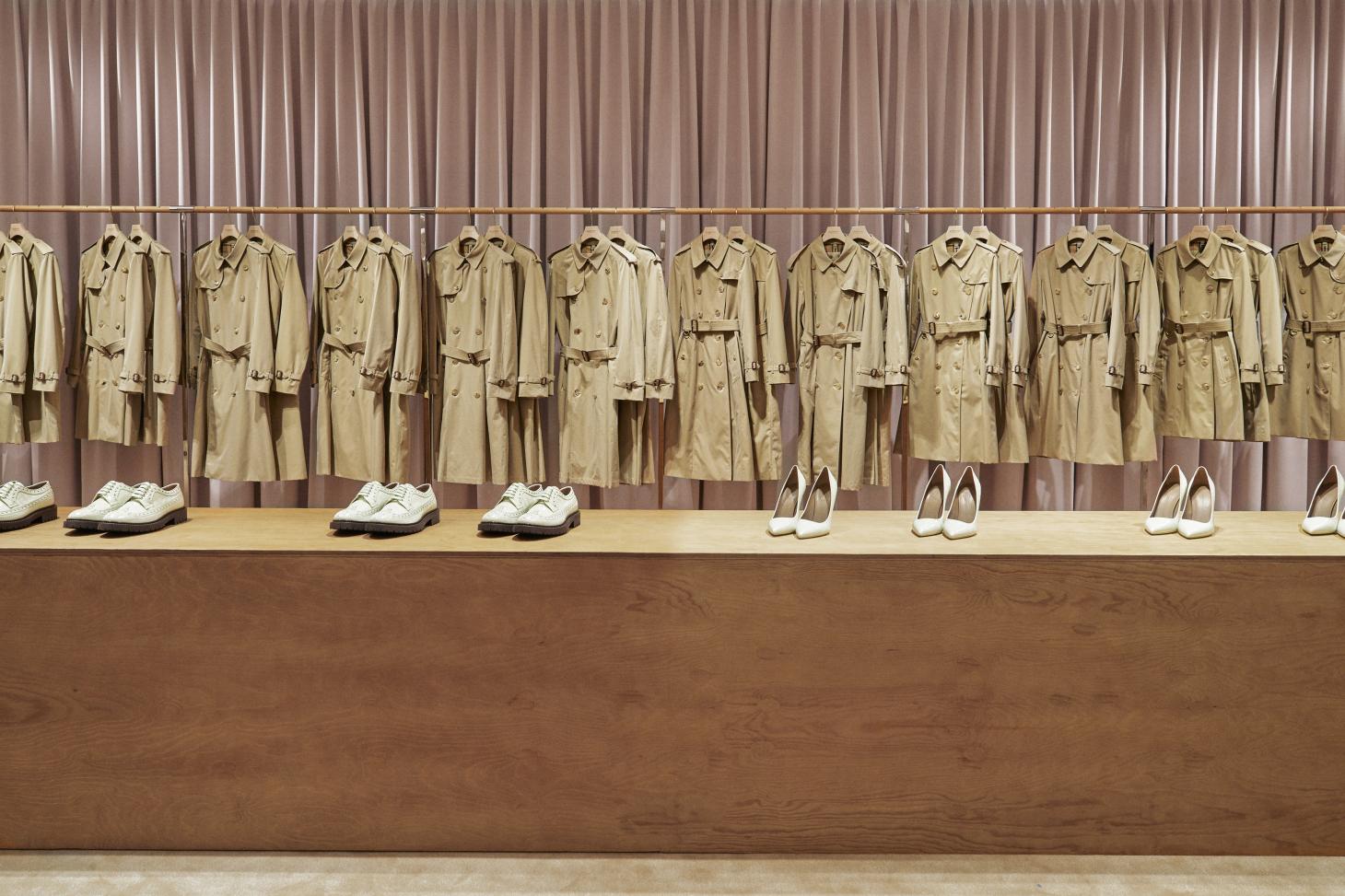Luxury Shopping in the Digital Age
Luxury brands began dipping their toes into the digital space, already several years ago. When it comes to digitization, though, many of these brands still remain reluctant. The somewhat dated assumption is that a personalized, tactile in-store experience is essential in order for luxury shoppers to appreciate, understand and value the products that are being sold.
While luxury brands oftentimes do well at showcasing high-quality images and videos online, they sometimes appear to lack a compelling user experience that matches their offline experience and also drives conversions.
The brands perfecting offline
For example, when you land on the Chanel website, you are immediately greeted with strong imagery and engaging videos of the latest collection. It’s easy to see the investment the brand has made into their design and the effort spent on producing high quality content. Most likely why they are one of the most followed luxury fashion brands on social media. However, the website itself is relatively basic, not what you would expect, and by no means as lavish an online customer experience as in-store.
“Our position on e-commerce is the same. We want to connect our customers with our product and our boutiques are the best way to do so.” Bruno Pavlovsky, president of fashion at Chanel, emphasizes the importance of the retail space and on the brand’s priority to create an immersive physical shopping experience. Their New York beauty concept store, which is designed to be personalized for each guest, is a great showcase of this offline strategy.
And it’s not just Chanel. Many of the biggest names in luxury are going above and beyond to transform experiential retail. Burberry’s flagship store, with its bold new art installation by artist Graham Hudson really challenges the idea of what a store can be. The three-story scaffolding design features 80 cameras that take 360 degree photos. At the center piece is a robot creating sculptures of the human body and displaying them as art.
FOMO
Needless to say the retail space remains as important as ever. The reinvention of brick-and-mortar store experience by these big brands is what’s driving its come-back and making luxury more engaging.
However, brands who focus only on in-store may be missing a beat. In 2018, online experiences influenced over 40% of luxury purchases, whether through online research for a product that is later bought online, social media engagement or browsing the brand’s own website.
The digital revolution has brought a powerful shift and with it, an abundance of opportunities. As today’s luxury consumers grow more digitally savvy, online experiences are becoming increasingly important to overall customer satisfaction. If only brands can translate their heritage and historical image into content that will resonate with the hyperconnected consumer of today. But how to bring style and elegance of the in-store customer experience to the online world?
The pioneers of online
To drive sales on ecommerce sites dedicated to luxury brands, it is as much about form as it is about functionality. Almost every consumer owns a smartphone, but luxury consumers are especially digitally affluent and carry higher expectations than the average consumer. They expect their online experience to be as stylish, sophisticated and personalized as possible.
E-commerce brand, Net-a-porter, were ahead of the shifting culture in the luxury retail industry by proving consumers are willing to buy luxury online. The brand continues to innovate with services such as their “Style Trial” offering which essentially allows top-spending customers to try up to 30 pieces of clothing at home before buying. For customers living in London it even comes with a personal shopper and personalized clothing and accessories to enrich the whole customer experience.
All or nothing
Whether in-store or online, luxury shoppers expect a personalized ‘first-class’ shopping experience – and brands who focus on either one or the other risk missing out on a large part of the pie. Online sales are only projected to continue growing and to meet the rising expectations of the luxury shopper, brands will need to work towards delivering a unified customer experience across their online and offline channels.
What’s for sure is that it’s no longer about just a beautifully designed and user-friendly website. The most successful luxury brands will be those that push online engagement and show the same boldness as in their in-store experiences. Otherwise they risk falling far behind.
Image: Courtesy of Burberry.
Stay in touch
Did you enjoy this article? Stay in touch for more posts like these by following us on Twitter @INDG


